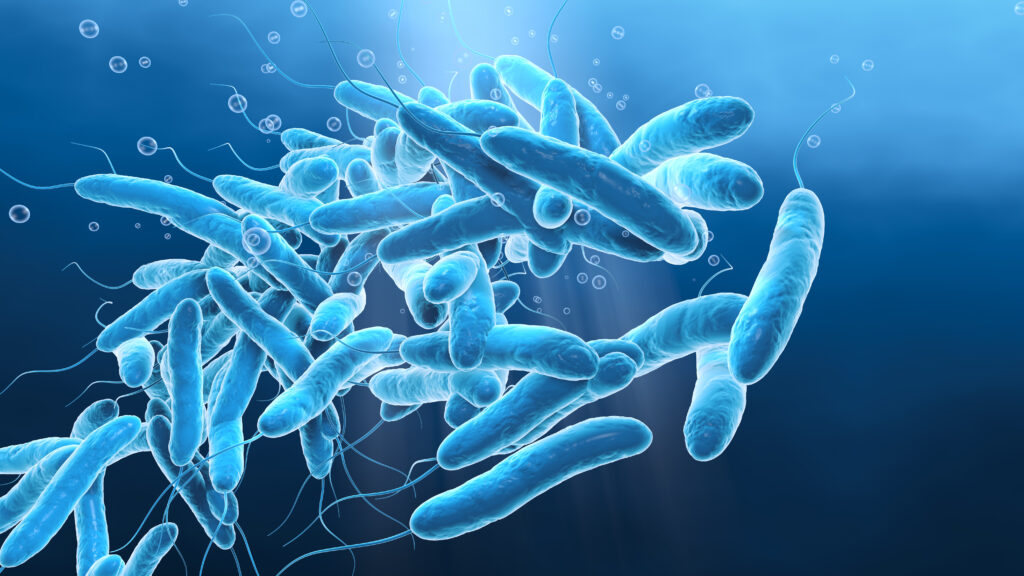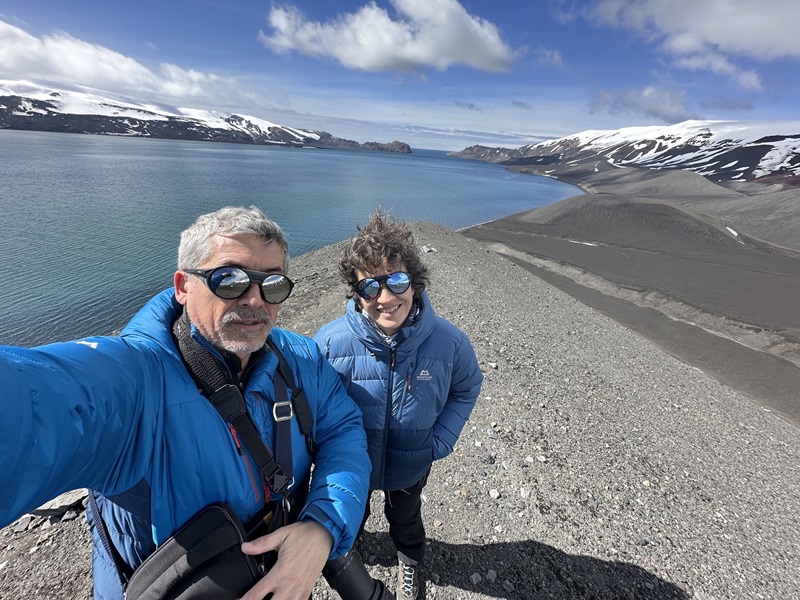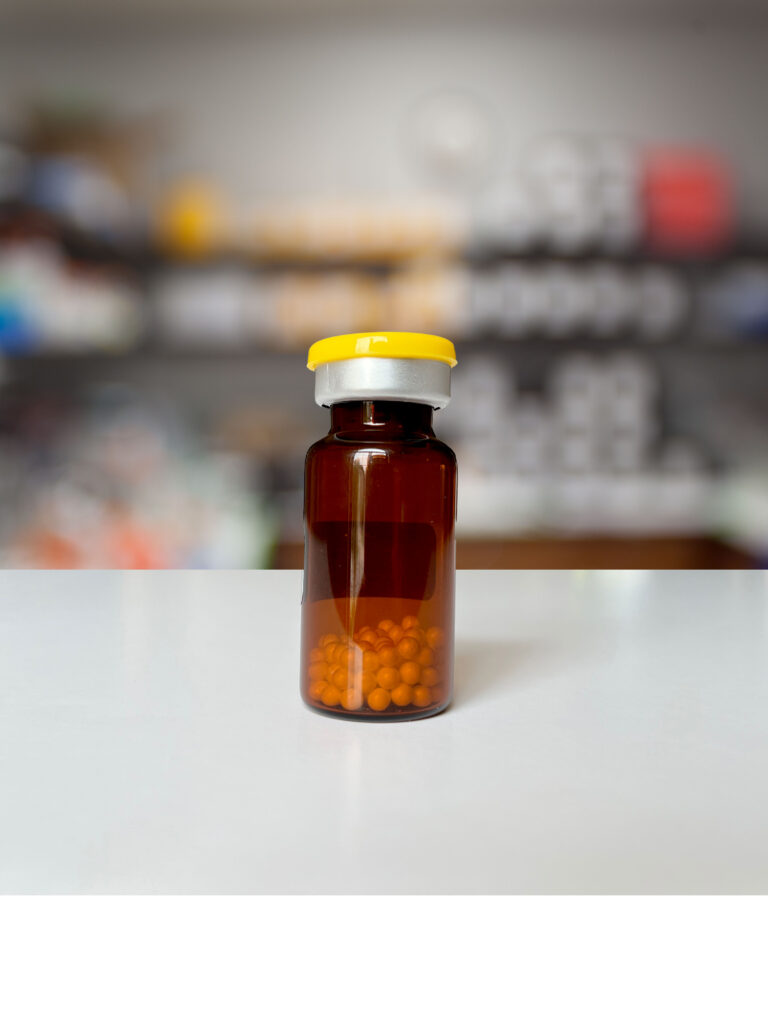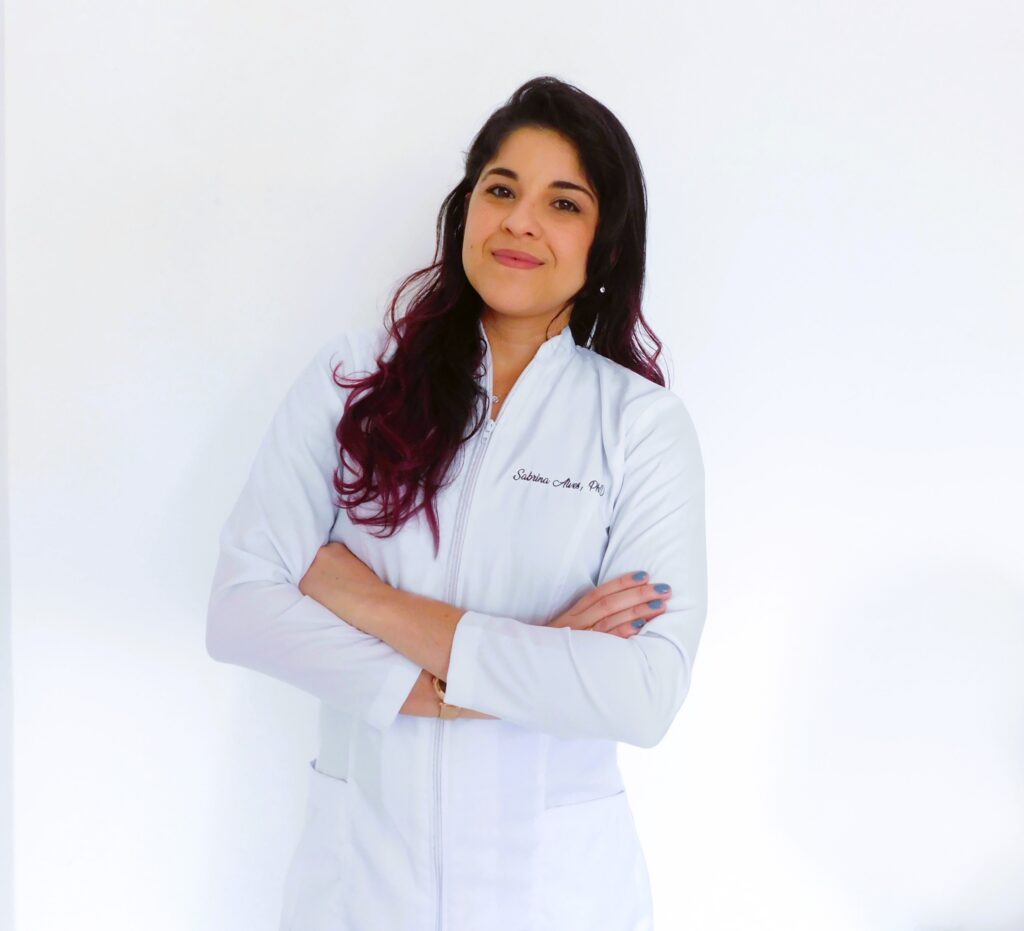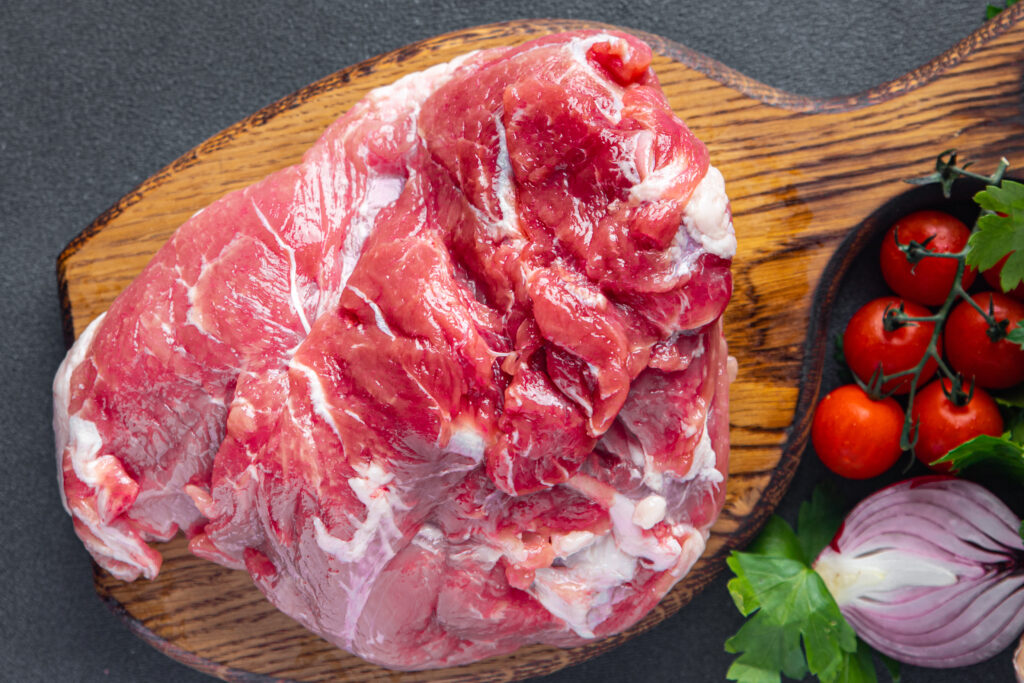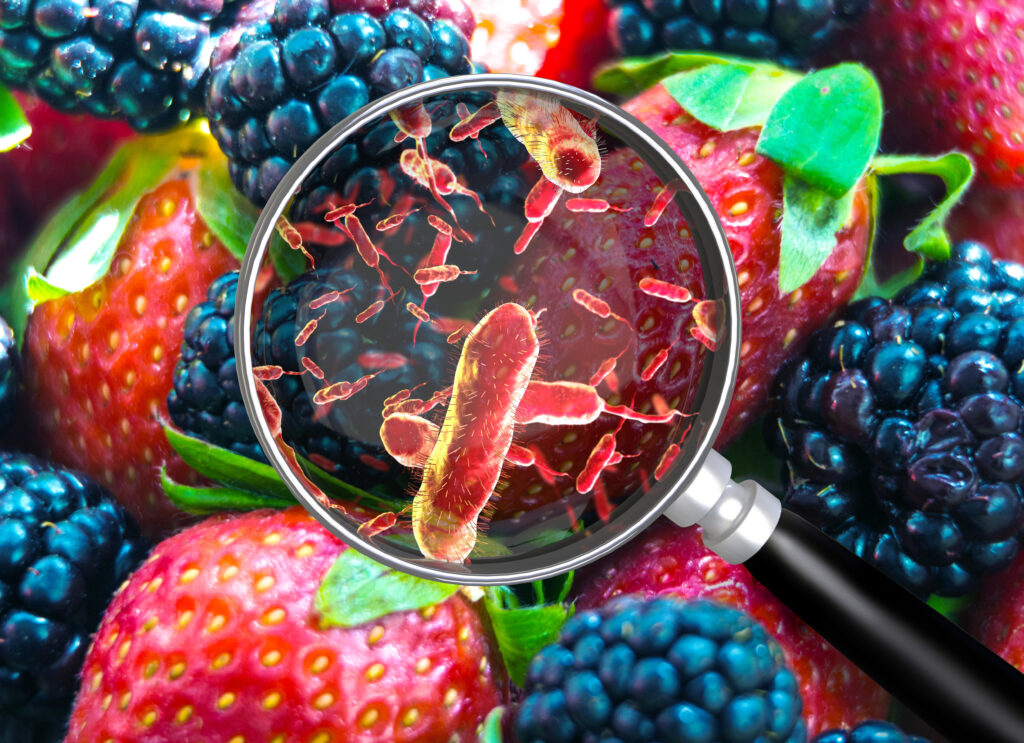
Legionella is the causative agent of Legionnaires’ disease, a severe form of pneumonia with a mortality rate of around 10%. Contaminated water systems, including cooling towers and hot water systems, serve as primary reservoirs for this opportunistic pathogen. Traditional plate culture methods remain the regulatory standard for monitoring Legionella, but these methods are slow—often requiring 7–10 days for results—and suffer from overgrowth by non-Legionella bacteria. Additionally, traditional methods fail to detect viable but non-culturable (VBNC) bacteria—cells that remain infectious but do not grow on standard culture media.
Molecular methods like PCR-based detection provide faster and more sensitive Legionella identification. However, a key limitation persists: PCR detects DNA from both live and dead bacteria, leading to false positives and unnecessary or even wasteful remediation efforts. To address this challenge, Promega has developed a viability qPCR method that retains the speed of molecular testing while distinguishing viable bacteria from non-viable remnants. In this third blog in our Legionella blog series, we cover how molecular detection methods can be refined to provide actionable results for Legionella monitoring.
Continue reading “No More Dead Ends: Improving Legionella Testing with Viability qPCR”